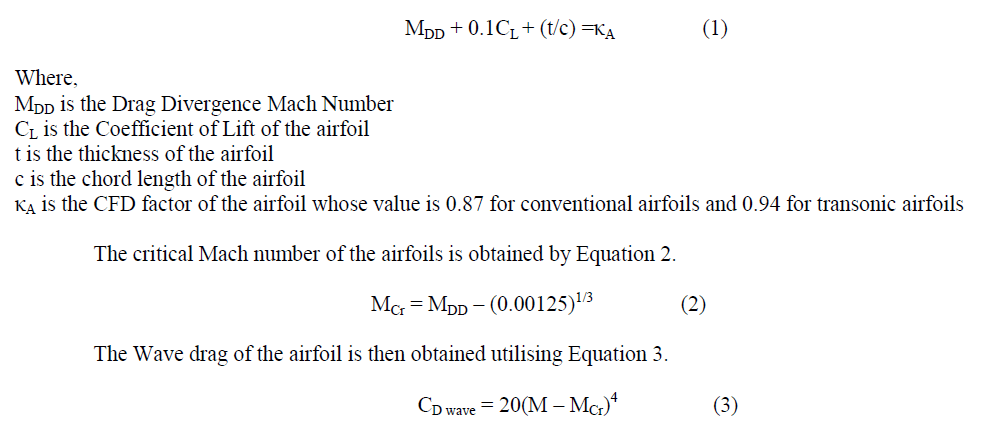


For these reasons, it is of paramount importance that an airplane flies in a region of the flight envelope in which such a phenomenon does not occur. For 2D profiles, this results in a periodic variation in the aerodynamic loads, while the interaction with the structure could eventually result in its failure due to fatigue. Transonic buffet consists of an oscillation of the shockwave (SW) on the suction side of a wing/airfoil (for Type II buffet, which is object of this study) that may occur for a certain range of Ma, \(\alpha \) and Re values. In contrast, the analysis of the vortex dynamics in the trailing edge area revealed that vortices shed at the shock foot, which convect downstream in an area detached from the airfoil surface, cannot be considered responsible for the creation of UTWs in view of the mismatch in frequency of the two phenomena. The analysis allowed to estimate the velocity of the UTWs, obtaining values in good agreement with the literature. Finally, it was shown that by using the 11 most energetic POD modes, an accurate reduced-order model (ROM) is obtained, which when subtracted from the instantaneous velocity fields allows the visualisation of the small-scale structures present in the flow, such as the upstream travelling waves (UTWs) and the vortex shedding in the separated area near the trailing edge. The second mode was, instead, associated with an asymmetrical behaviour of the separated area and of the shear layer and displays a main peak at 320 Hz, being double the main buffet cycle frequency. The first and the third modes have a main frequency peak at 160 Hz and are well representing the separated area and the shock oscillation. It is found that the first three most energetic modes capture around 65 % of the total fluctuating kinetic energy. Proper Orthogonal Decomposition (POD) was applied to the PIV data to extract the main modes connected with buffet. A spectral analysis showed that the shock oscillation occurs with a dominant contribution at 160 Hz (St = 0.07, in good agreement with the literature) and between 25 and 55 % of the chord of the airfoil. The general behaviour of the buffet cycle was characterised with short-exposure schlieren visualisation and phase-averaged PIV measurements. It seems to be the only played and media database that can really handle massive libraries.Transonic buffet behaviour of the supercritical airfoil OAT15A was investigated experimentally at flow conditions \(Ma=0.7\) and \(\alpha =3.5^\circ \), using schlieren and particle image velocimetry (PIV). Please share you experiences with Swinsian. I can only say good things about Swinsian, because I have not found any flaws.

Swinsian works great with Airfoil for streming to my Airport Expresses. The sound quality is on par with Decible. Furthermore, I can use Swinsian to manage my iPod Classics and iPod Touch.

Not only does it only take a few minutes to load my entire library, Swinsian will play mile audio files at their proper sample rate. I downloaded the demo and have been using it for a while. Decibel worked very good and sounded great, but it takes forever to load a large playlist from iTunes. I tried Pure Music and Bitperfect, but they work with iTunes and cause the system to lag or crash.
#Airfoil audio lag mac#
I have a new (late 2012) 2.3ghz Mac Mini with a 1tb fusion drive and a Buffalo 3tb external drive the contains my music library. Furthermore, The fact that iTunes tends to color the sound and will not change the sample rate. I have a 2.5 TB audio library and have had problems with iTunes lag and crashing. I'm new to these forums and wanted to share my pleasant experience with the Swinsian audio player and organizer.


 0 kommentar(er)
0 kommentar(er)
